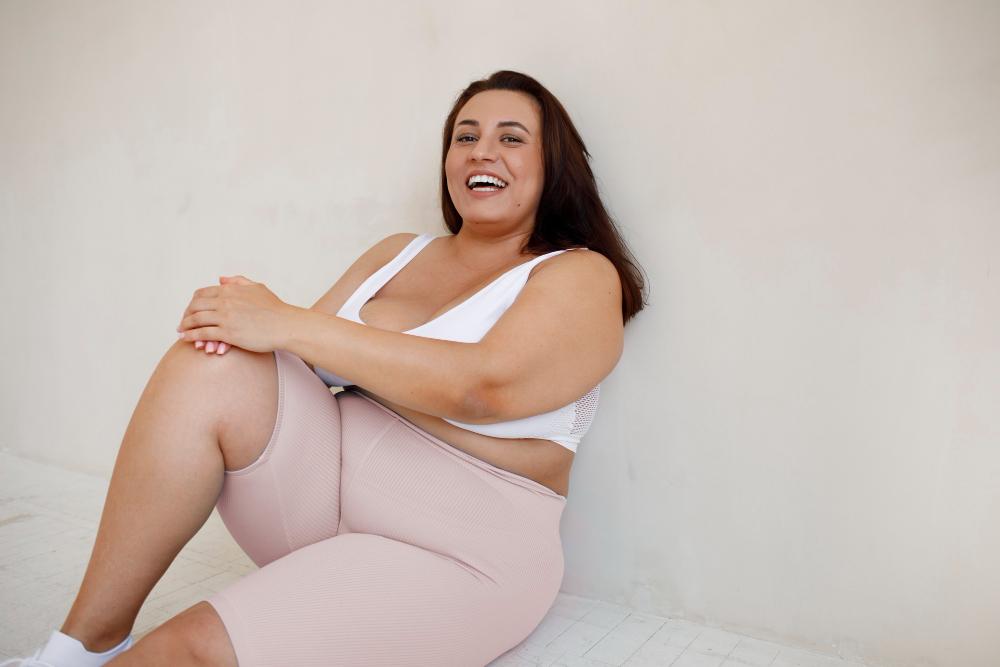Frequently Asked Questions
Will my stomach be flat after a panniculectomy?
A panniculectomy will remove the apron of skin and fat hanging from the lower abdomen, making your stomach look smoother and flatter than before. However, it does not tighten loose abdominal muscles or remove deeper belly fat, so while the overhang is gone, the abdomen may not be completely flat like with a tummy tuck. Results depend on your body type, muscle tone, and weight stability.
Is panniculectomy surgery painful?
Like any major surgery, a panniculectomy does come with discomfort, especially during the first several days after surgery. Pain is managed with prescribed medications, and most people notice steady improvement within the first week. Soreness, tightness, and swelling are expected but gradually lessen as healing progresses.
Is panniculectomy a high-risk surgery?
A panniculectomy is considered a safe and commonly performed procedure, but it is still a major surgery that carries risks such as bleeding, infection, wound-healing problems, seromas (fluid collections), and scarring. The overall risk is higher in patients with medical conditions like diabetes, smoking history, or obesity, but for most patients carefully selected by their surgeon, complications are relatively uncommon.
How long is the recovery after a panniculectomy?
Recovery from a panniculectomy is gradual, with most people able to resume light daily activities within one to two weeks. More strenuous activity and exercise are delayed for about six weeks. While the majority of healing occurs within the first two months, it can take six months or more for swelling to fully resolve and scars to mature.
Which is better, a tummy tuck or panniculectomy?
Neither surgery is universally better; it depends on your goals. A panniculectomy is best for removing the lower abdominal apron for comfort and hygiene, while a tummy tuck also tightens the abdominal muscles, reshapes the waistline, and repositions the belly button for a more sculpted look. If cosmetic contouring is your goal, a tummy tuck may be preferable, but if function and health relief are the focus, a panniculectomy may be the right choice.
How much weight to lose before panniculectomy?
Surgeons typically recommend being close to your long-term goal weight and keeping that weight stable for several months before surgery. For people who have had bariatric surgery, this often means waiting 12–18 months after surgery and maintaining weight stability for at least six months. Being at a steady, healthy weight helps reduce complications and improve the long-term results of the panniculectomy.
Do you get a new belly button with a panniculectomy?
In most panniculectomies, the belly button is left in its original position and is not reshaped. However, if there is a large amount of excess skin extending above the navel, the surgeon may need to reposition or, in rare cases, remove it. Unlike a tummy tuck, a panniculectomy does not involve creating a new belly button for cosmetic purposes.
How long do drains stay in after a panniculectomy?
Surgical drains are often placed to prevent fluid buildup, and they stay in for about one to two weeks. The exact time depends on how much fluid is draining, and most surgeons remove them once output falls below a certain level for consecutive days. In some cases, drains may remain for a few weeks if healing is slower.
How many hours is a panniculectomy?
The surgery time for a panniculectomy typically ranges from one to three hours, depending on the extent of excess tissue being removed and whether the procedure is combined with other surgeries like a tummy tuck or hernia repair.



